
The Evolution of EOS: From Concept to Mainstream Blockchain
Explore the growth, implications, and real-world applications of Distributed Ledger Technology (DLT) with a focus on EOS.
A Brief Introduction to Distributed Ledger Technology
Distributed Ledger Technology (DLT) is revolutionizing various sectors, including finance, supply chain management, and digital identity verification. At its core, DLT enables the decentralization of information, making it more secure, transparent, and efficient. However, one blockchain platform that has gained significant attention in recent years is EOS.
The Origins and Milestones of EOS
EOS, developed by Block.one, emerged in 2017 with the goal of addressing the scalability and usability issues faced by traditional blockchain platforms. Its founder, Dan Larimer, drew inspiration from Ethereum and BitShares, leading to the creation of a highly scalable and user-friendly blockchain infrastructure.
Since its launch, EOS has achieved several milestones. In 2018, it gained recognition as the first major blockchain platform to boast zero transaction fees. This feature, combined with its impressive throughput capacity, made EOS a promising solution for developers and businesses around the world.
An essential aspect of EOS’s evolution is its consensus mechanism, called Delegated Proof of Stake (DPoS). DPoS allows token holders to elect block producers who validate transactions, ensuring greater decentralization and efficiency.
Furthermore, EOS introduced smart contracts, enabling developers to build decentralized applications (DApps) tailor-made for specific industries. This has resulted in the creation of various innovative applications, including decentralized finance platforms, gaming ecosystems, and social media networks.
Advantages and Disadvantages of EOS
EOS exhibits distinctive features that set it apart from other blockchain platforms:
- Scalability: The EOS network can handle a significant number of transactions per second, making it suitable for high-demand applications.
- Usability: EOS aims to provide a user-friendly experience, reducing barriers for developers and facilitating widespread adoption.
- Flexibility: The platform supports various programming languages, allowing developers to work with familiar tools and frameworks.
Despite these advantages, EOS has faced criticism regarding its decentralization model. Some argue that the DPoS system may create a more centralized network as the election of block producers is concentrated in the hands of token holders with significant stake holdings.
The Real-World Applications of EOS
EOS has gained traction across multiple sectors, demonstrating its potential in revolutionizing various industries:
- Decentralized Finance (DeFi): EOS-based DeFi platforms enable users to engage in lending, borrowing, and yield farming activities, all while leveraging the advantages of blockchain technology.
- Gaming: EOS’s scalability and low transaction fees make it an ideal platform for gaming ecosystems. Projects like EOS Knights and Prospectors have gained popularity for their innovative gameplay and tokenized economies.
- Social Media: EOS has also seen the emergence of decentralized social media platforms like Voice, offering an alternative to conventional centralized platforms.
The Future of EOS and DLT
The future of EOS and DLT holds immense potential, with anticipated developments such as:
- Interoperability: Efforts are underway to enable seamless interoperability between different blockchain platforms, allowing data and value to flow freely.
- Enhanced Security and Privacy: DLT is continuously evolving to address security and privacy concerns, with advancements in encryption and identity management.
- Mass Adoption: As DLT becomes more user-friendly and accessible, widespread adoption across industries is expected, fueling innovation, transparency, and efficiency.
Frequently Asked Questions
- Q: What is the difference between blockchain and DLT?
- A: Blockchain is a specific type of DLT that utilizes blocks of data linked together through cryptographic algorithms. DLT, on the other hand, is a broader concept encompassing various forms of distributed ledgers.
- Q: How does EOS compare to other blockchain platforms like Ethereum?
- A: EOS differentiates itself from Ethereum by focusing on scalability, usability, and throughput capacity. While Ethereum pioneered smart contracts, EOS offers a more user-friendly experience with higher transaction speeds.
- Q: How can I get started with EOS?
- A: To get started with EOS, you can explore EOS wallets, tutorials, and developer resources available online. Additionally, joining the EOS community can provide valuable insights and assistance.
More in this category ...
Ripple companions with SBI Group and HashKey DX for XRPL answers in Japan

April sees $25M in exploits and scams, marking historic low ― Certik

MSTR, COIN, RIOT and different crypto shares down as Bitcoin dips
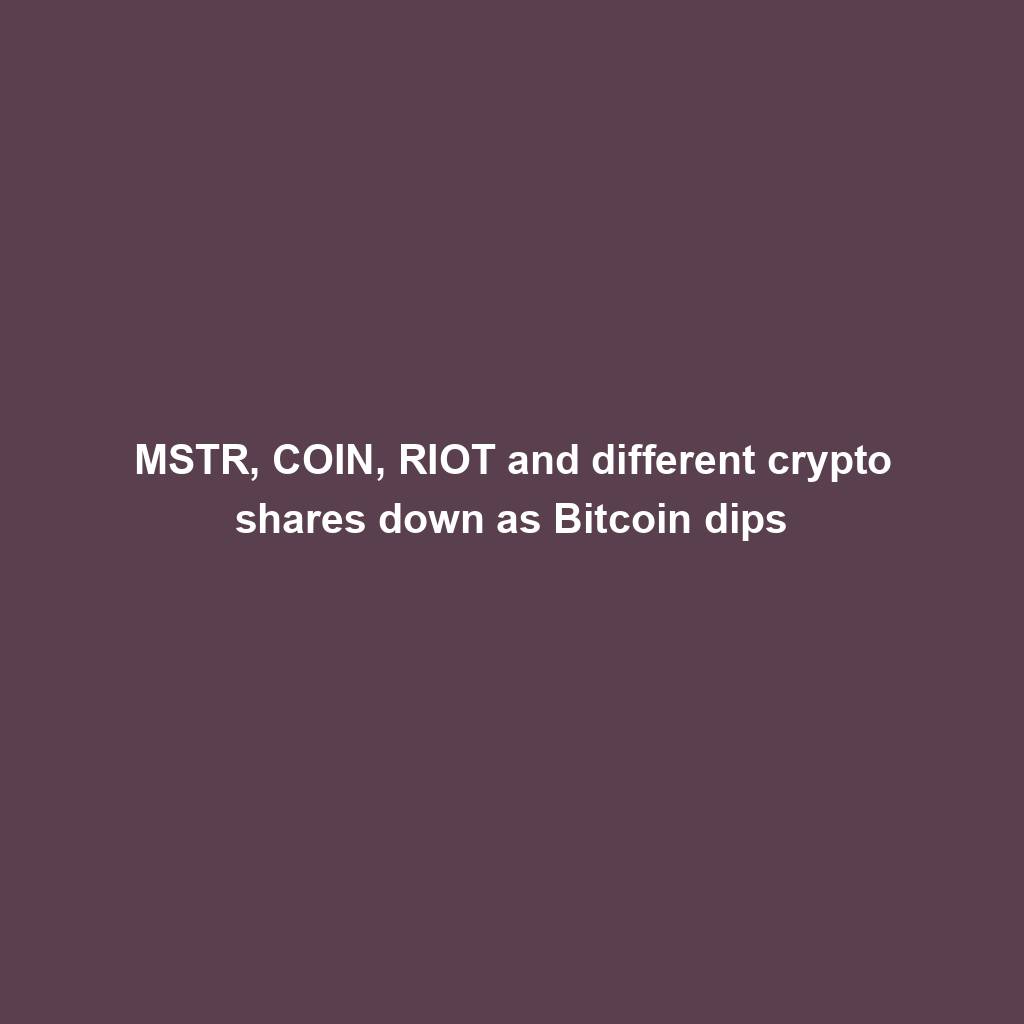
EigenLayer publicizes token release and airdrop for the group
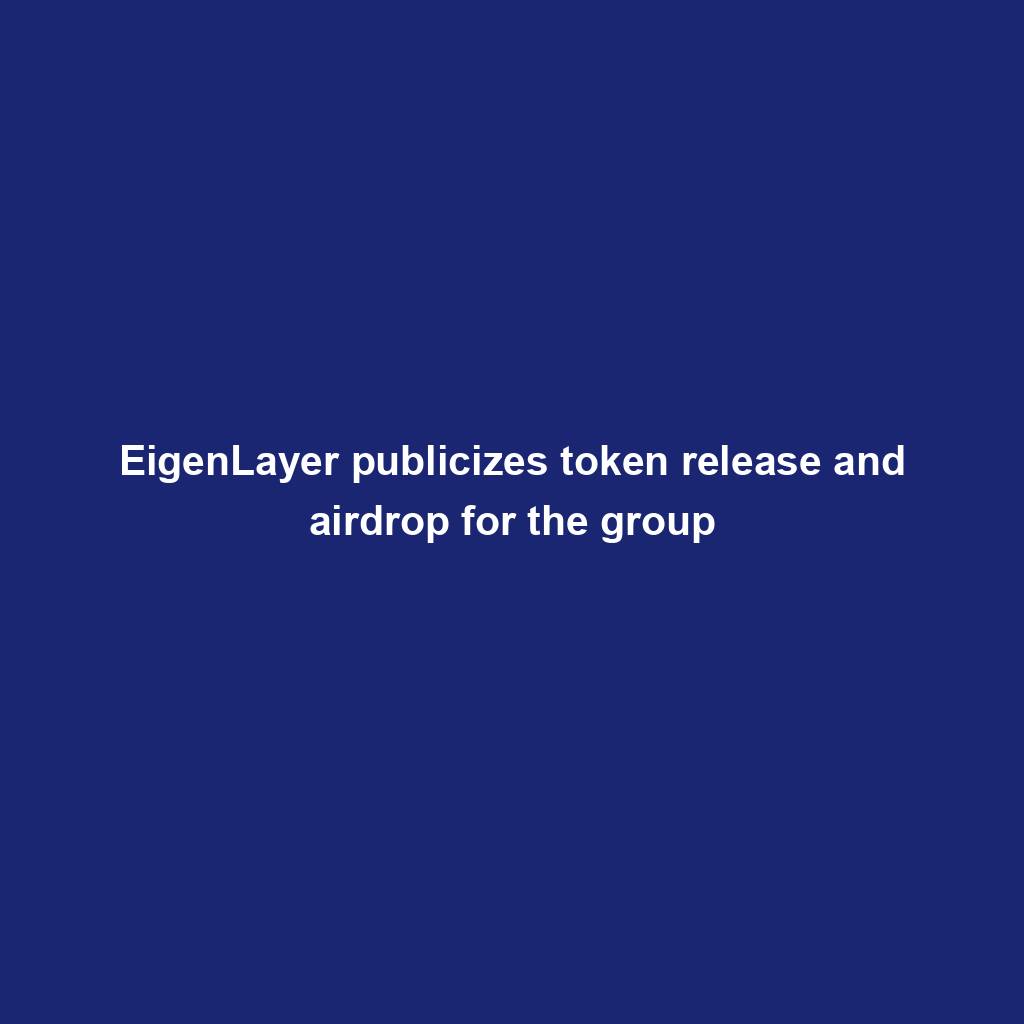
VeloxCon 2024: Innovation in knowledge control

Successful Beta Service release of SOMESING, ‘My Hand-Carry Studio Karaoke App’

Dogwifhat (WIF) large pump on Bybit after record reasons marketplace frenzy
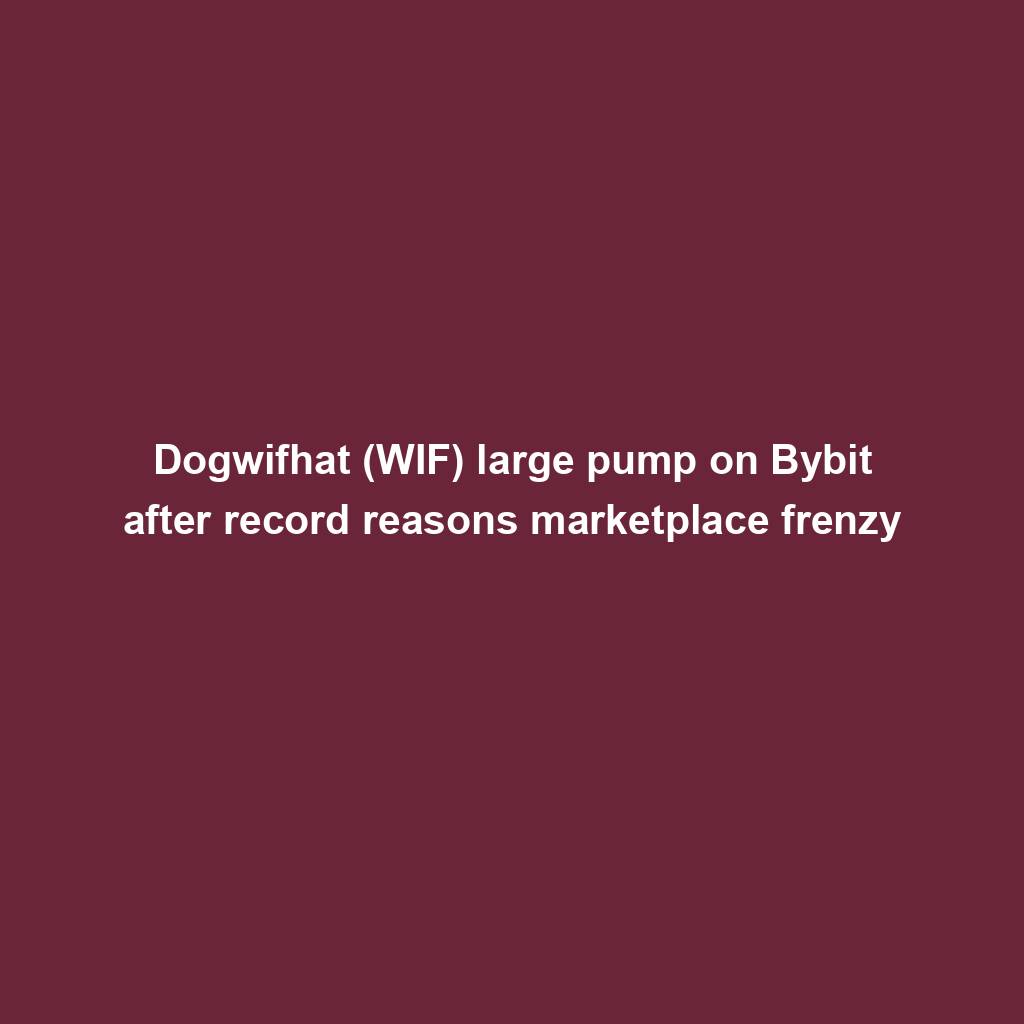
How fintech innovation is riding virtual transformation for communities around the globe
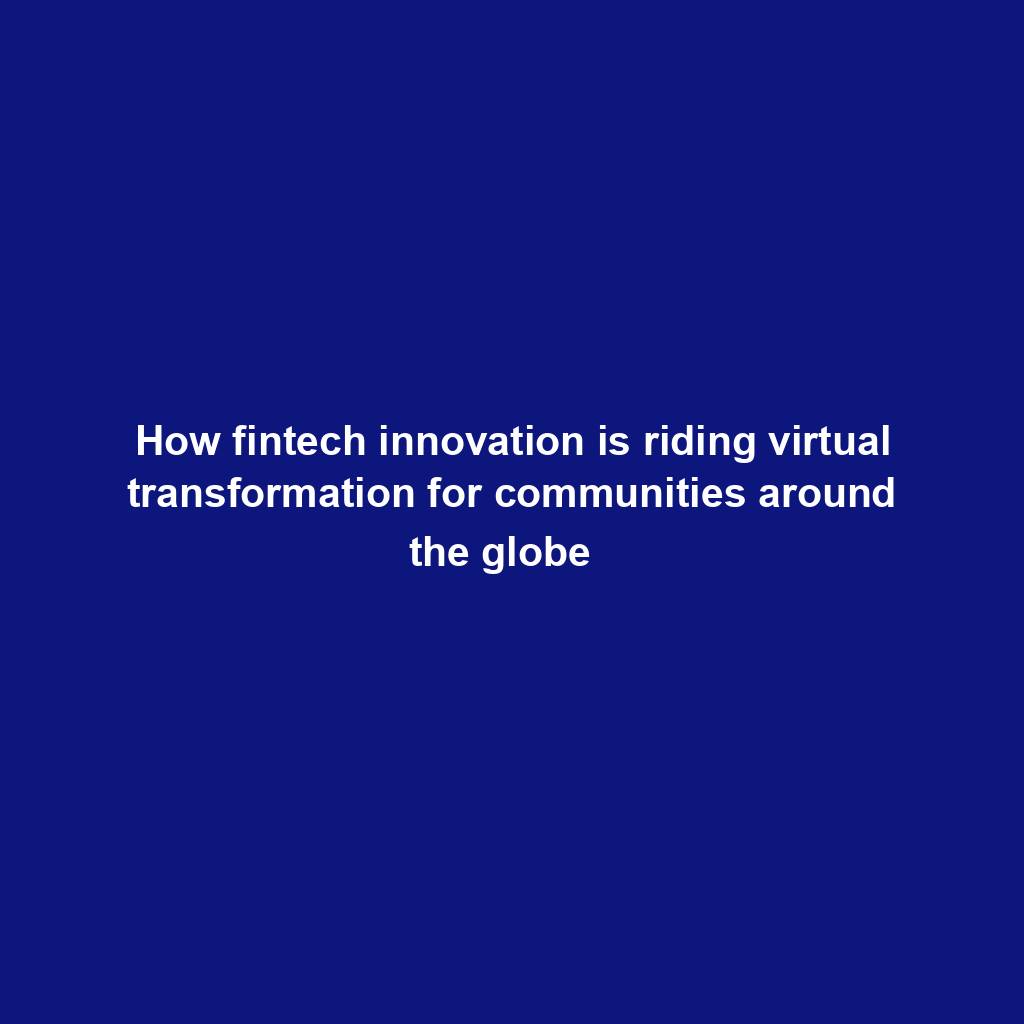
Wasabi Wallet developer bars U.S. customers amidst regulatory considerations

Analyst Foresees Peak In Late 2025

Solo Bitcoin miner wins the three.125 BTC lottery, fixing legitimate block
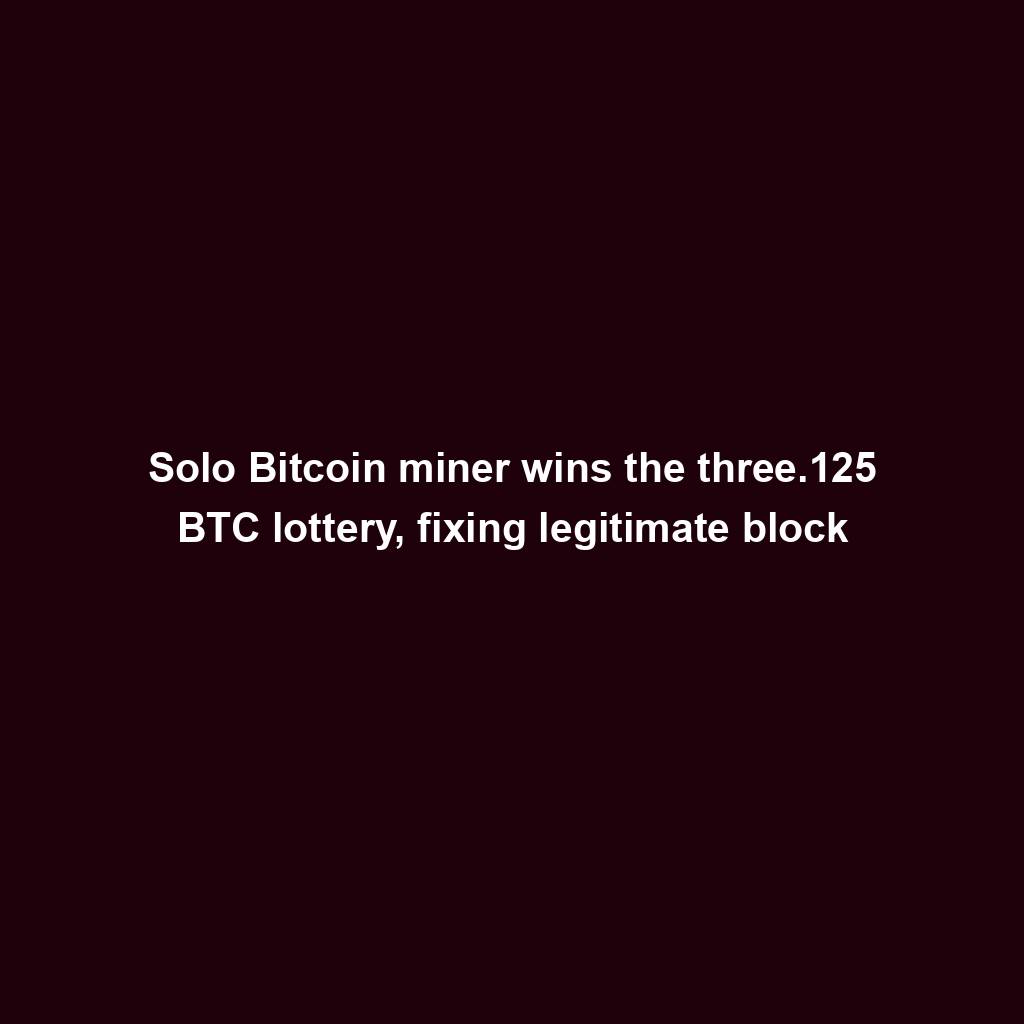
Ace Exchange Suspects Should Get 20-Year Prison Sentences: Prosecutors

Google Cloud's Web3 portal release sparks debate in crypto trade

Bitcoin Primed For $77,000 Surge

Bitbot’s twelfth presale level nears its finish after elevating $2.87 million
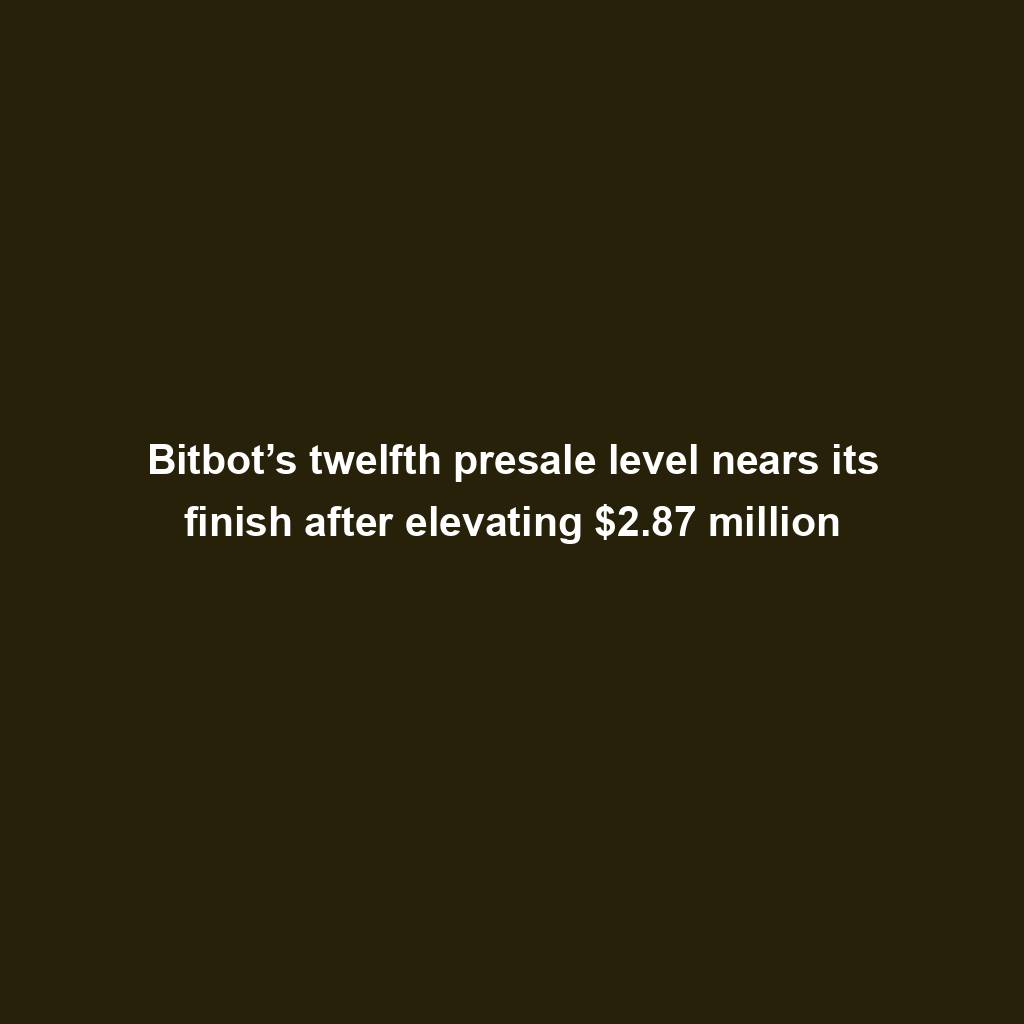
PANDA and MEW bullish momentum cool off: traders shift to new altcoin

Commerce technique: Ecommerce is useless, lengthy are living ecommerce

Republic First Bank closed by way of US regulators — crypto neighborhood reacts
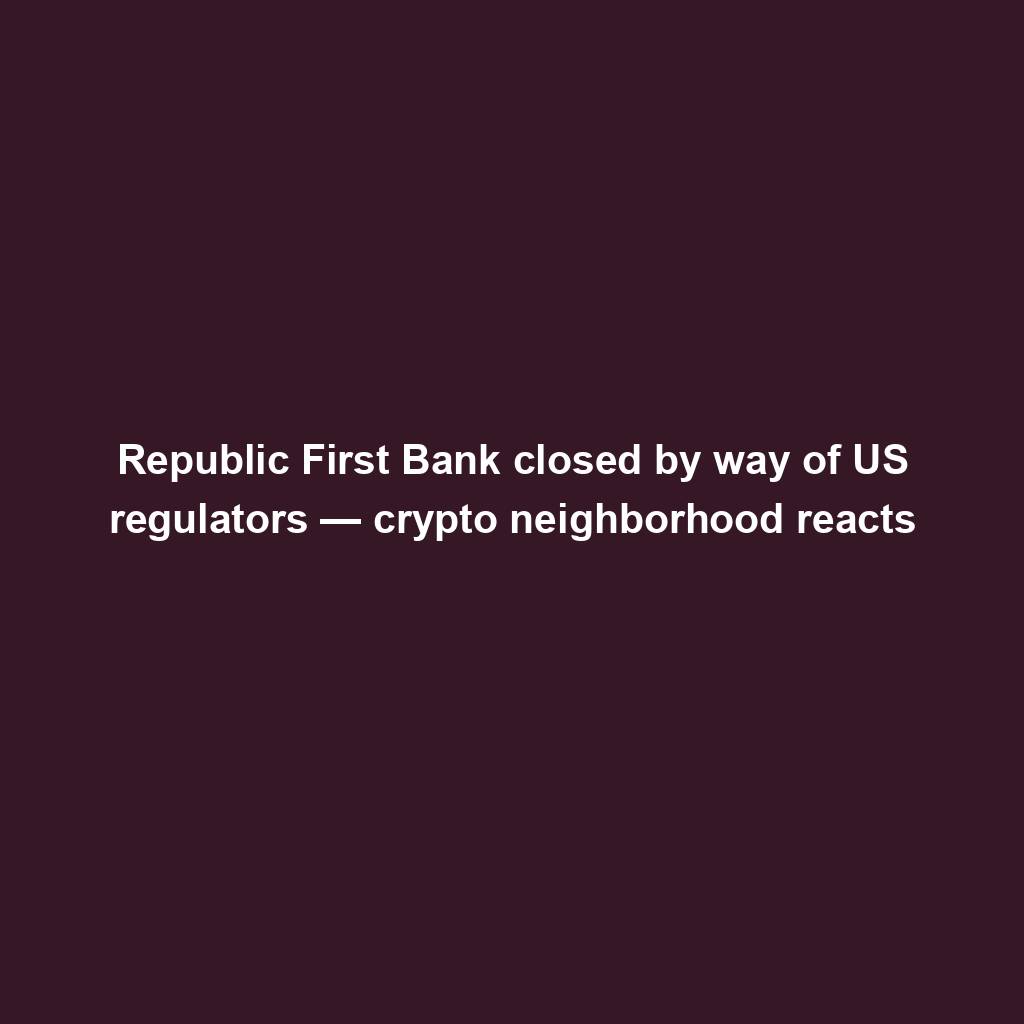
China’s former CBDC leader is beneath executive investigation

Bigger isn’t all the time higher: How hybrid Computational Intelligence development permits smaller language fashions
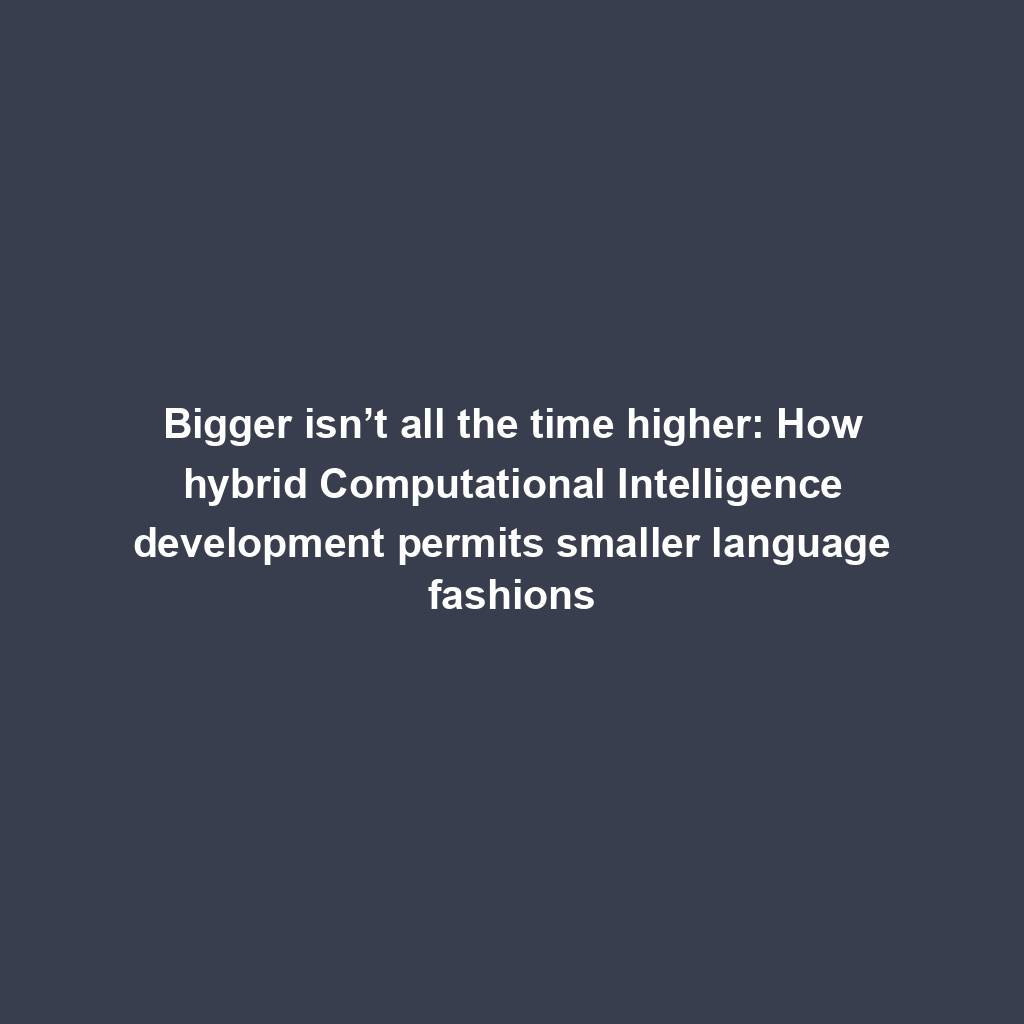
Pantera Capital buys extra Solana (SOL) from FTX
Successful Beta Service release of SOMESING, ‘My Hand-Carry Studio Karaoke App’

SEC sues Bitcoin miner Geosyn Mining for fraud; Bitbot presale nears $3M

Business procedure reengineering (BPR) examples

85% Of Altcoins In “Opportunity Zone,” Santiment Reveals
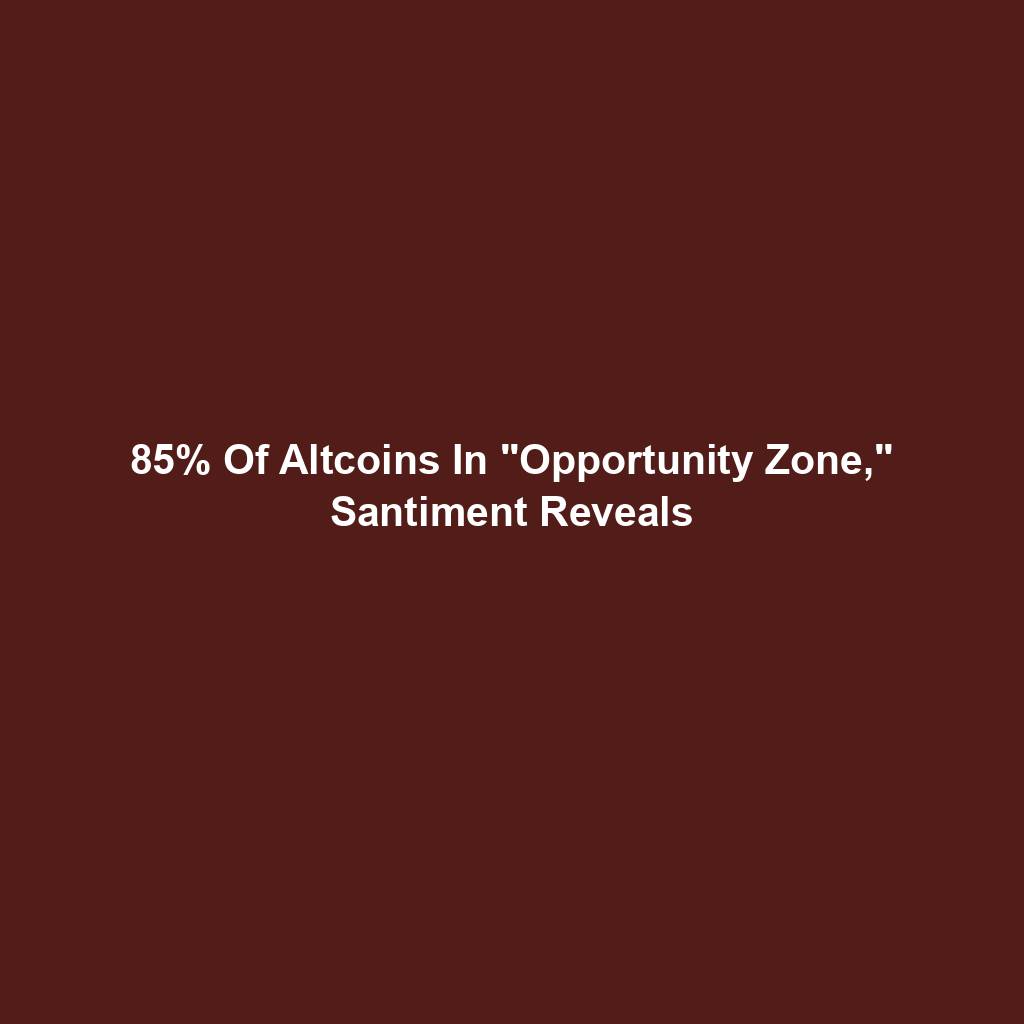
Sam Altman’s Worldcoin eyeing PayPal and OpenAI partnerships
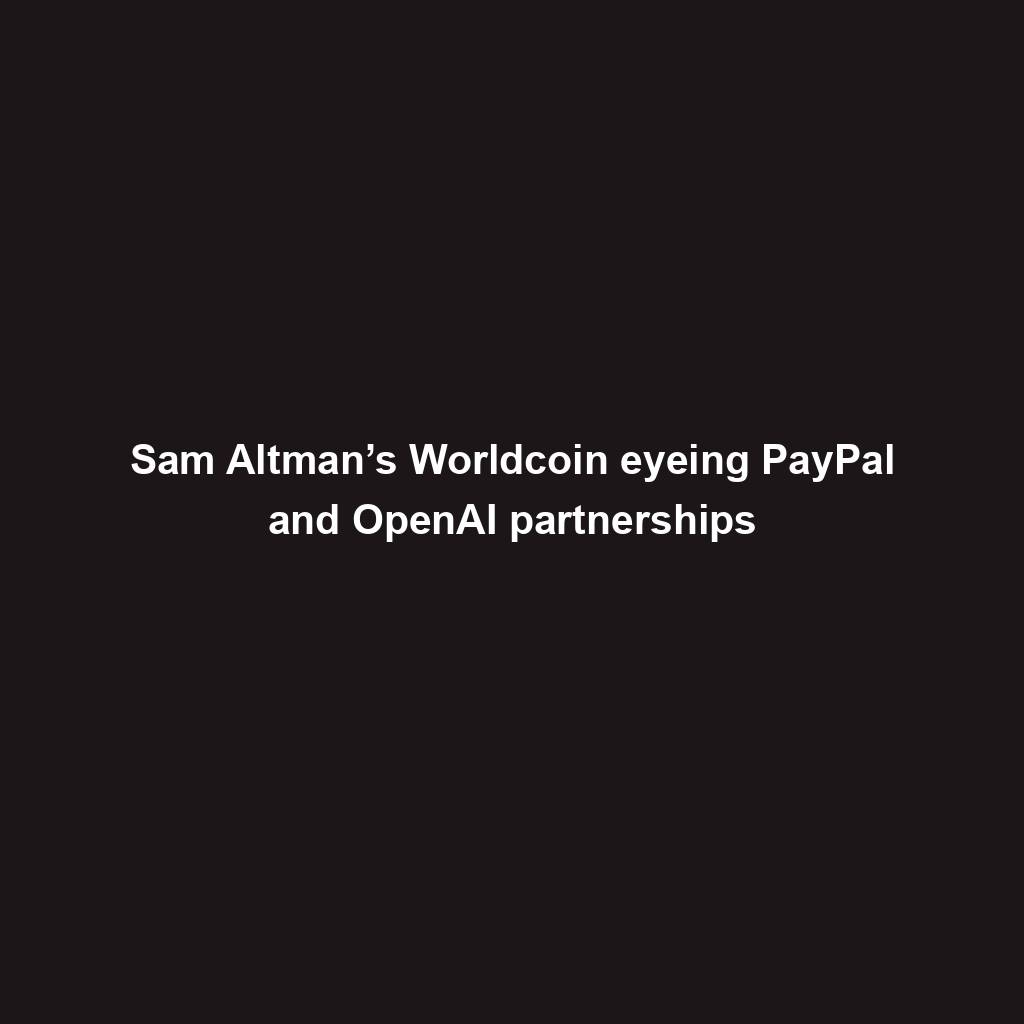
Artificial Intelligence transforms the IT strengthen enjoy
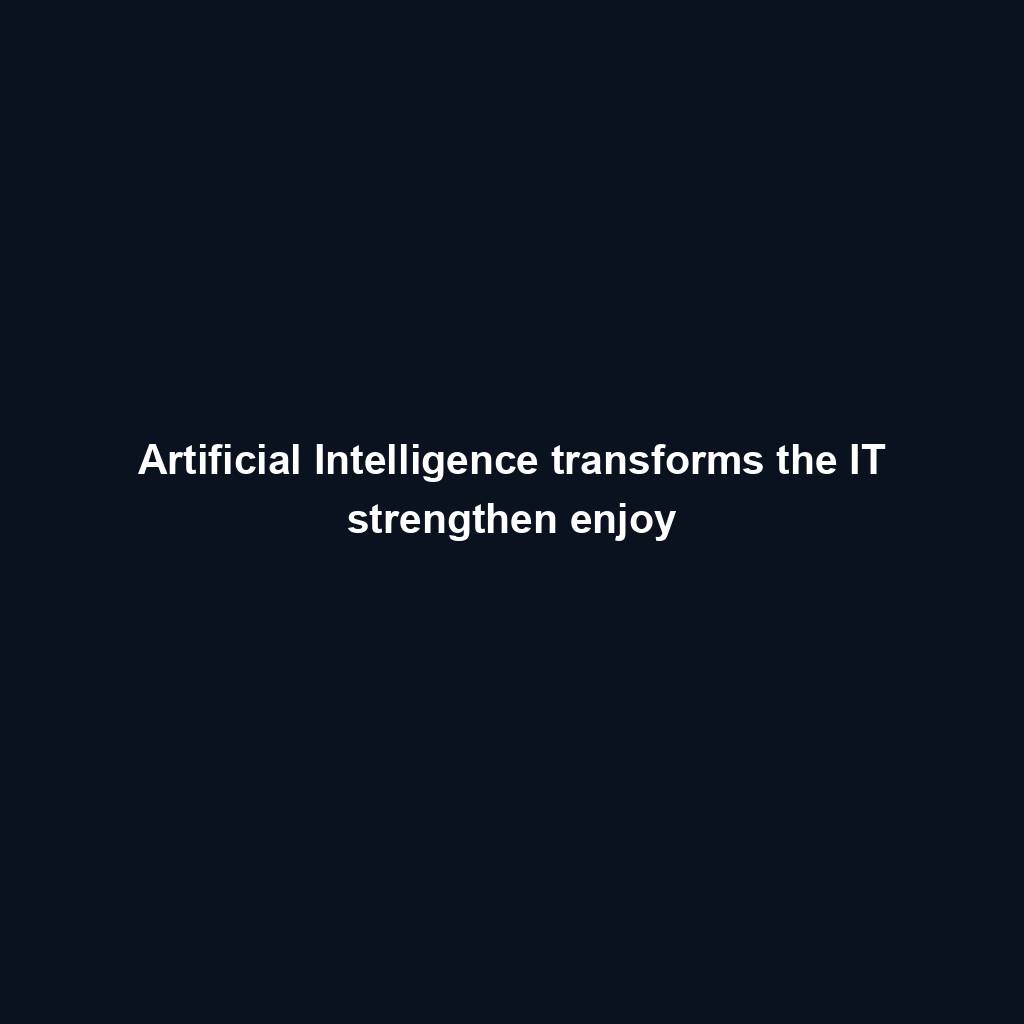
Franklin Templeton tokenizes $380M fund on Polygon and Stellar for P2P transfers

Meta’s letting Xbox, Lenovo, and Asus construct new Quest metaverse {hardware}
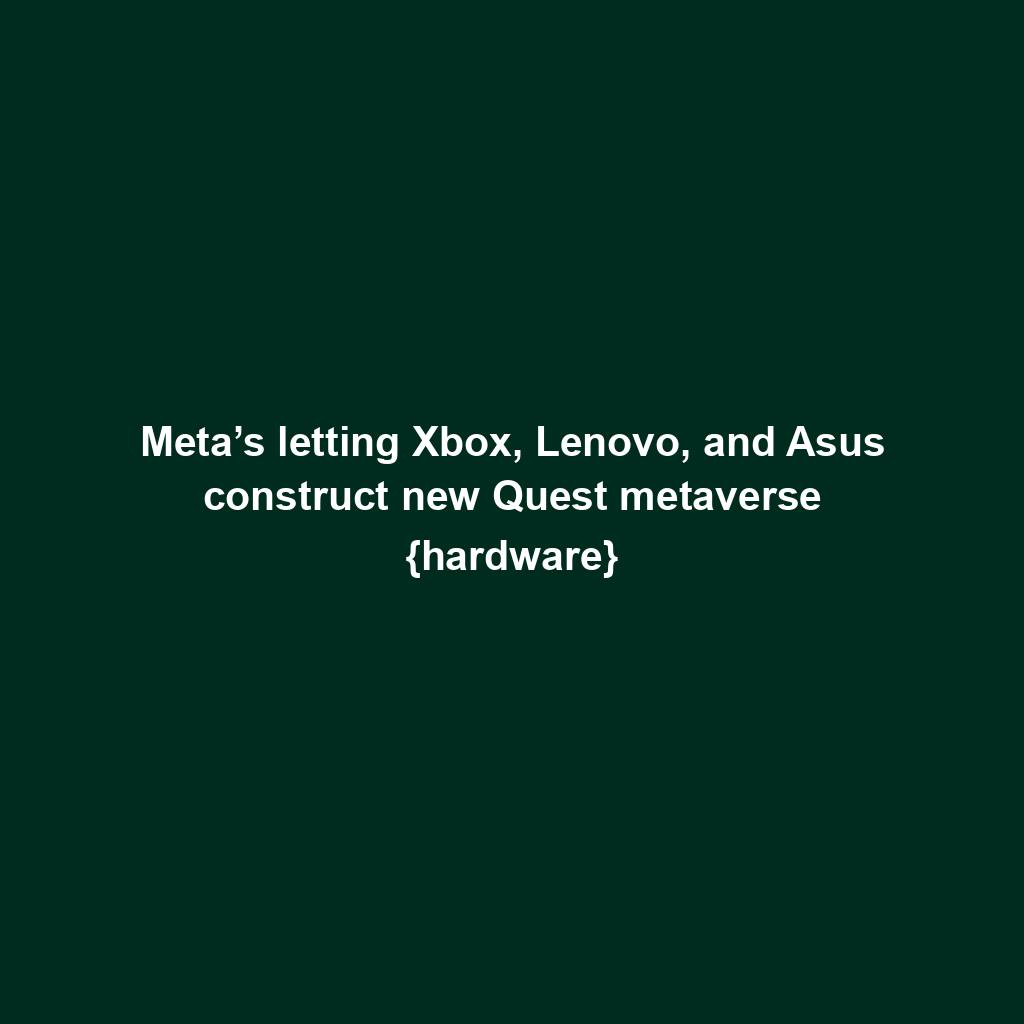
Shiba Inu (SHIB) unveils bold Shibarium plans as Kangamoon steals the display
